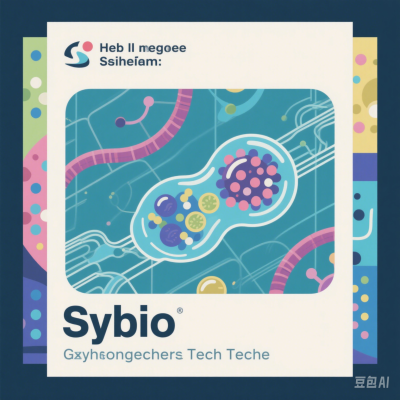
Synthetic Biology (SynBio): Definition, Evolution, and Impact
Synthetic Biology (SynBio) is an interdisciplinary field combining biology, engineering, computer science, and chemistry to design, construct, and modify biological systems. Its core goals include:
- Redesigning Life Systems: Reprogramming genetic codes and metabolic networks through gene editing or metabolic engineering to enable non-natural functions (e.g., drug production, pollutant degradation).
- Standardizing Biological Parts: Developing modular components (e.g., BioBrick genetic parts) for rapid assembly of complex systems.
- Driving Biotechnological Innovation: Addressing global challenges in healthcare, energy, and sustainability (e.g., biofuels, novel therapies).
Historical Milestones
- 1960s–2000s:
- 1960s: Foundations laid by in vitro DNA manipulation.
- 1970s: Emergence of recombinant DNA (rDNA) technology; first GMO created.
- 1982: Industrial application of rDNA for human insulin production.
- 2000: First synthetic gene and BioBrick standardization.
- 2010s–2020s:
- 2010: First synthetic microorganism with an artificial genome.
- 2012: CRISPR-Cas9 revolutionizes gene editing.
- 2020s: AI and automation accelerate design-build-test-learn (DBTL) cycles.
- Beyond 2025: Self-replicating systems, quantum-bio hybrids, AI-driven metabolic optimization.
Core Technologies
- Top-Down Approach:
- Engineering existing organisms (e.g., E. coli, yeast) for new functions (e.g., artemisinin production).
- Bottom-Up Approach:
- Constructing artificial life systems (e.g., minimal genome cells, synthetic chromosomes).
- Key Tools:
- Gene Editing: CRISPR-Cas9, TALENs, zinc finger nucleases.
- Metabolic Engineering: Optimizing pathways for products like bioplastics or butanol.
- Synthetic Gene Circuits: Logic gates (AND/OR), oscillators.
- Standardized Parts: BioBricks, Golden Gate assembly.
Applications
- Healthcare:
- Drug synthesis (e.g., insulin, anticancer agents).
- mRNA vaccine platforms (e.g., COVID-19).
- CRISPR-based gene therapies.
- Industry & Energy:
- Biofuels from engineered algae.
- Biodegradable materials (e.g., spider silk, PHA plastics).
- Environment & Agriculture:
- Pollution remediation (e.g., PET-degrading bacteria).
- Pest-resistant crops, nitrogen-fixing microbes.
- Frontiers:
- DNA data storage, cellular biocomputing.
- De-extinction projects (e.g., woolly mammoth genome revival).
Ethical and Safety Challenges
- Biosafety Risks:
- Unintended ecological impacts (e.g., horizontal gene transfer).
- Biocontainment solutions (e.g., suicide gene circuits).
- Ethical Debates:
- “Playing God” controversies over artificial life.
- Boundaries of human embryo editing.
- Regulatory Frameworks:
- Guidelines from EFSA and FDA for lifecycle monitoring of SynBio organisms.
Future Prospects
- Technological Convergence:
- AI-driven circuit design and robotic automation.
- Quantum dot-enabled subcellular monitoring.
- Industrial Transformation:
- Bio-manufacturing for carbon neutrality (e.g., microbial jet fuel).
- Personalized cell therapies and organ regeneration.
- Societal Impact:
- Reshaping global economies; SynBio market projected to exceed $1 trillion by 2034.
Conclusion
Synthetic Biology is not merely a technological leap but a profound redefinition of life itself. Balancing innovation with responsibility, SynBio is poised to address critical global challenges—from climate change to healthcare—while reshaping industries and economies.





